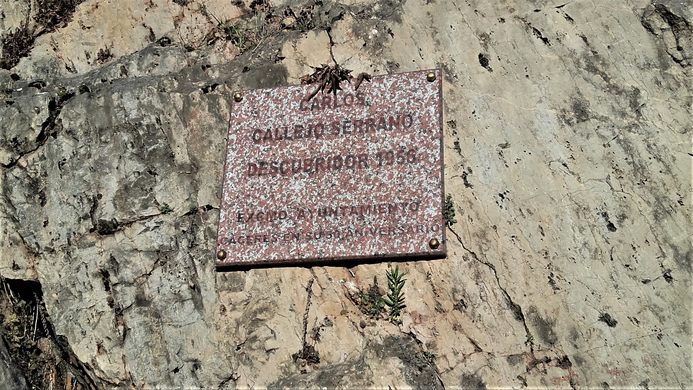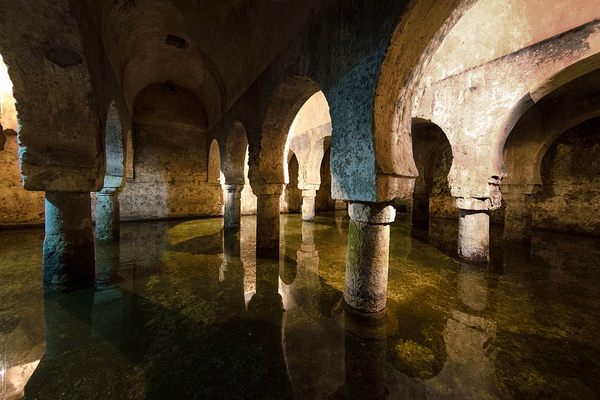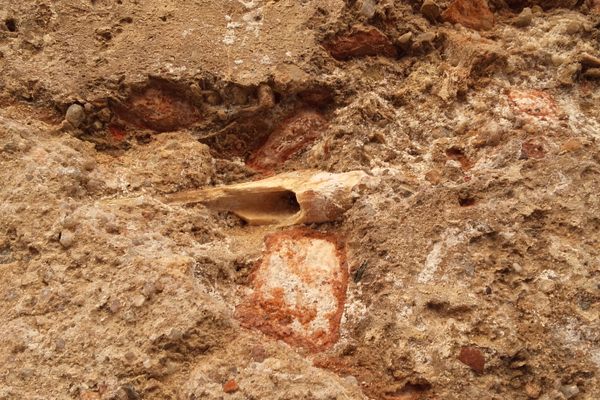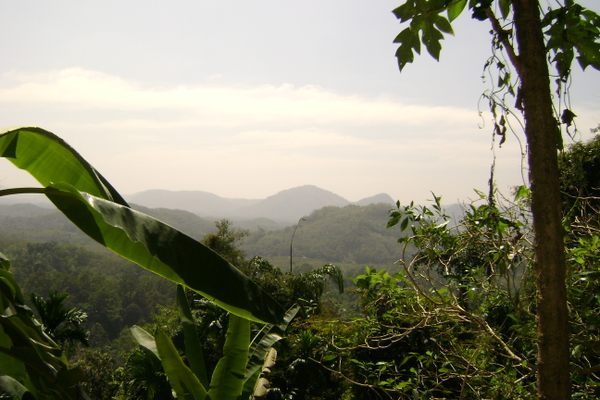Cave of Maltravieso
A neighborhood park in the city of Cáceres hides what some believe are revolutionary examples of Neanderthal cave art.
In February 2018, Science magazine reported on an investigation carried out by the British University of Southampton that triggered a huge stir in the scientific community.
The article referred to research carried out in three Spanish caves: La Pasiega (Cantabria), Maltravieso (Extremadura), and Ardales (Andalusia). In these caves, a uranium-thorium test was conducted to date some of the caves’ paintings. The method had already proved successful in the cave of El Castillo in Cantabria, dating some of the paintings to more than 40,000 years old. The study found that the paintings in Maltravieso may be far older than previously believed.
The Cave of Maltravieso was discovered in 1951, when an explosion inside a limestone quarry revealed the deep cavity. Inside were human skulls, animal remains, ceramics, and other tools currently on exhibit at the Museum of Cáceres.
The discovery attracted the attention of several local researchers. Among them was Carlos Callejo, who discovered the paintings on the walls of the caves in 1956. In total, some 71 negative hand stencils adorn the walls. Around one of the stencils, small deposits of carbonate overlaid the red pigment. That deposit was recently analyzed using uranium-thorium dating. It was discovered that this particular painting was created around 66,700 years ago, long before Homo Sapiens established a foothold in Europe.
This discovery indicated that some of the paintings must have been created by Neanderthals. This would make the Cave of Maltravieso one of the oldest examples of cave art in the world. If the paintings were indeed the artistry of Neanderthals, it would force scientists to reevaluate the behavior patterns of humanity’s earlier ancestors.
Know Before You Go
Currently, visits are limited to small groups that must first register through the official website. However, you can freely visit the interpretation center located in the park, close to the cave.


















Follow us on Twitter to get the latest on the world's hidden wonders.
Like us on Facebook to get the latest on the world's hidden wonders.
Follow us on Twitter Like us on Facebook